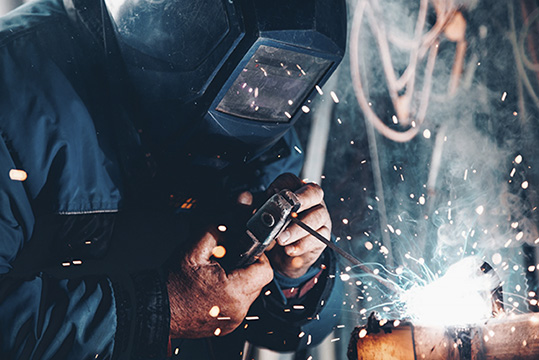When we talk about simulation, in any field, we refer to something that can faithfully reproduce situations, sometimes in a high-risk reality, where those who participate must experiment and train technical and non-technical skills and, in our opinion, most importantly, they should prepare as best they can to handle the emotion and stress of an emergency situation. Whatever the goal of the simulation, it is extremely important to reproduce scenarios and situations in high fidelity. Therefore, the preparation-assembly of the simulation room is a fundamental step to make the simulated activity more realistic. At the same time, it is necessary to anticipate, and therefore avoid biases, that may compromise the didactic objectives. Finally, it is strategic to propose scenarios in accordance with the health reality of the participants.
Here are 10 practical tips to better prepare the simulation room for the stage.
#1 Scenario Environment
Previously identify the spaces (bed, room, corridors, etc.) where the scenario will take place, an aspect that implies different actions depending on the choice between simulation room and on-site simulation. In the second case, organize the transportation of the simulation equipment and identify a safe place in the department where it can possibly be stored before the scenario.
#2 Furniture
To be organized in a way that is consistent with the environment to be reproduced: doctor’s office, ordinary hospitalization, emergency room, operating room, etc.
#3 Electromedicine
Choose according to the scenario and the context, test its operation and organize its spatial arrangement
#4 Device and specialized instrumentation
Use the checklist. Identify tools and devices in which it is necessary to “simulate” their operation. Test the operation of the tools to be used in real mode
#5 More medical supplies
Organize and make accessible materials that participants may consider using (tubes, drainage tubes, etc.)
#6 Medicines
Predict and organize the method of drug administration (real, partially simulated, only declared)
#7 Patient Simulator
The choice and knowledge of the simulator must be shared by all facilitators. In the case of simulators with a cable connection, pay the utmost attention not to create obstacles, and possible accidents, to the movement of the participants.
#8 Moulage (“stage maquillage”)
It assesses the cost/benefit ratio by balancing simulation fidelity against risks of bias, such as unexpected interpretation by candidates (cyanosis mistaken for blood). Protects the instruments, the simulator and the participants from any contamination (liquids, gels, etc.)
#9 Control Room
Organize spaces and activities in relation to the number of facilitators and the complexity of the scenario (availability of laboratory tests, radiodiagnosis, etc.).
#10 Video-audio system
Test audio connections and mobile camera operation. Verify the operation of the debriefing system







































